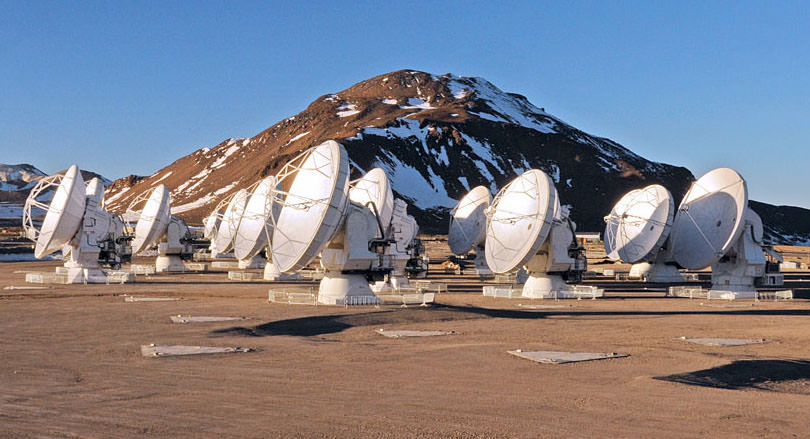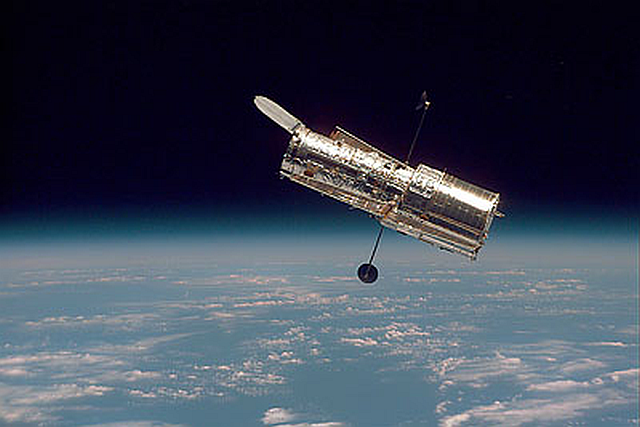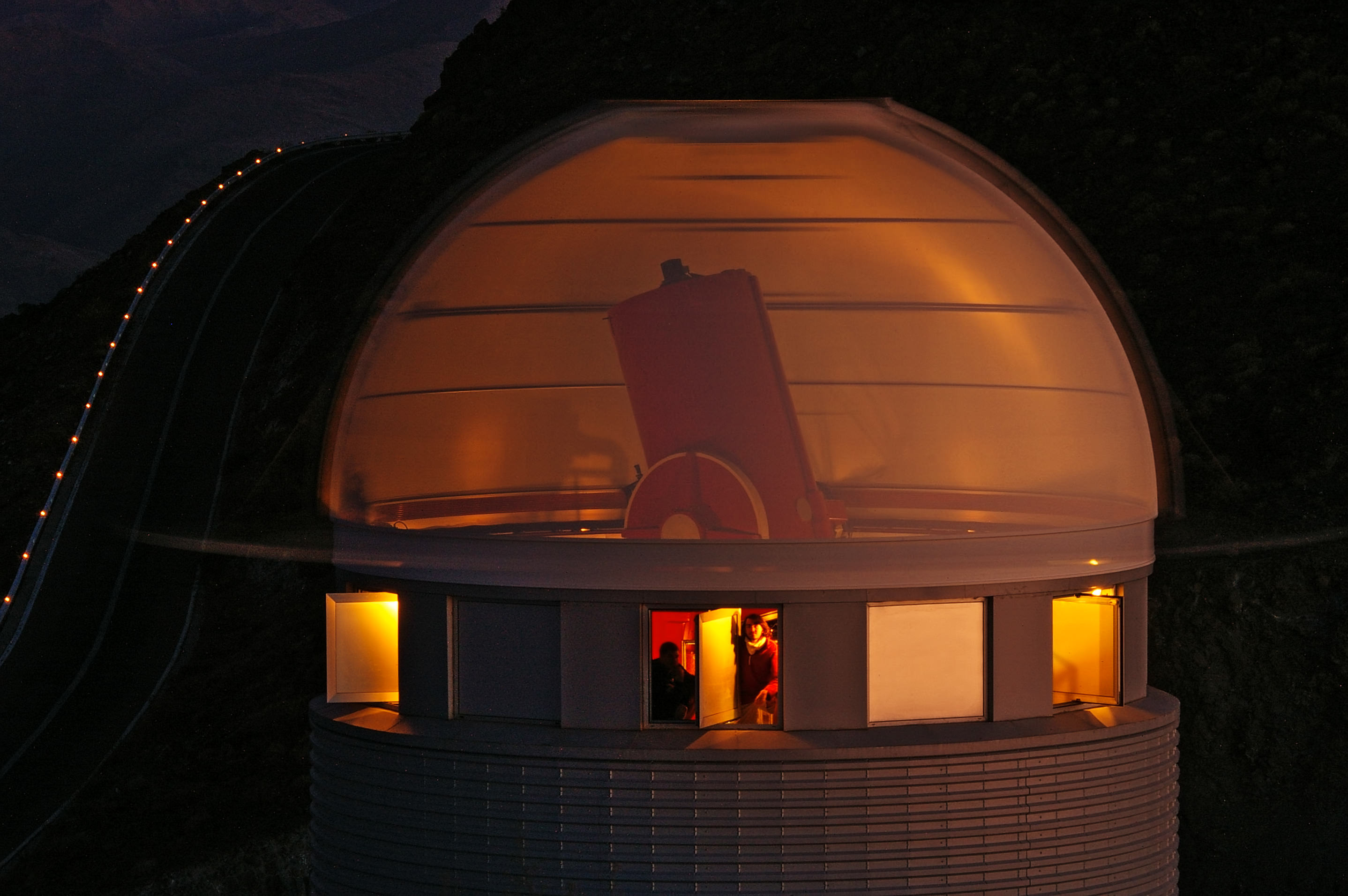Back in Ye Olden Times, the job of astronomer was a pretty exclusive club. Either you needed to be so rich and so bored that you could design, build, and operate your own private observatory, or you needed to have a rich and bored friend who could finance your cosmic curiosity for you. By contrast, today’s modern observatories are much more democratic, offering of a wealth of juicy scientific info for researchers across the globe. But that ease of access comes with its own price: you don’t get the instrument all to yourself, and that’s a challenge for young scientists and their research.
What was true in 1618 is still true in 2018: if you’ve got the money, you can build yourself an observatory and skywatch to your telescopic heart’s content. But the challenges and questions faced by the modern-day astronomical community are of a totally different flavor than the ones faced centuries ago. Sure, you could publish hand-drawn sketches of lunar craters, but you’re going to have a hard time getting published, as you’ve been scooped by a certain G. Galilei.
Don’t get me wrong: amateur astronomers still have a valuable place in the 21st century scientific enterprise, enabling all sorts of citizen science projects, comet hunting, and more. But the vast bulk of astronomy papers submitted to journals every day rely on massive, complex, industrial observatories.
These installations are something relatively new to astronomy. From classics such as the Hubble Space Telescope to newcomers like ALMA, these facilities help us unlock some of the deepest, most difficult-to-answer questions in nature. What was our universe like in its youth? How do planets form around stars? What happens when galaxies collide? Are we alone?
All great questions. All really, really difficult questions. All expensive questions.

In order to build an instrument to help solve some of these riddles, everybody needs to chip in. Maybe a government office like NASA, the ESA, or the NSF gets the ball rolling. But that won’t be enough. Maybe private outfits like the Sloan Foundation step up. Maybe individual universities add some to the pile. Maybe an international collaborator joins the party. Usually it’s all of the above.
Part of the conundrum of spending so much money on a single telescope or facility is that, in many cases, there’s no possible way that the original partners could possibly extract all the scientific value from it. If the instrument’s lifetime is (for example) 10 years, and there are 20 initial partners, then there’s no way that those partners could make the whole thing worthwhile in that limited amount of time.
The solution: open it up! Turn the instrument into a community resource. The proposal of the facility may have a certain set of scientific goals in mind – that informs all the niggling design considerations and compromises that go into spending millions of dollars – but they’re also meant to be general-purpose instruments. Of course the initial partners get something back for believing in the cause early on (perhaps they’ll get dedicated time or an exclusive use for the first few years of the mission) but soon enough every Joe and Jane Astronomer can get a crack at it.

But as with most things in life, it’s not easy. Now that the thing is built it’s much cheaper to operate, so the price of admission is a lot lower. So low that many researchers and groups could envision using that telescope to study something new. But an observatory can only operate for so many hours a day (er, night). There has to be regular maintenance. Upgrades are planned and scheduled. Eventually the facility will be too feeble or outdated to continue operating. And so on.
In short, there are too many researchers asking for too little time. There are more good ideas for using the world’s precious few major observatories than there is time to accommodate all of them. So the astronomers have to compete: they craft a proposal, submit to a review board, and wait for approval. If they win, they get time allocated and get to continue on with their research.
If they lose, they wait.
This situation makes it especially tough for young researchers. As soon as a budding astronomer starts graduate school, the clock starts ticking. While North American universities typically don’t impose a deadline for completing a PhD dissertation, the patience of departments (and advisors) can only go on so long. If you’re not productive enough for too long, you’ll be – politely, of course – asked to reconsider your life choices.
One of the first skills a young astronomer learns is the proposal: how to write a compelling case to get access to telescope time for their research. The second skill they learn is patience. Their first proposal will probably fail, and most likely their second. And third. And heck, maybe their tenth.
That’s fine, and delays are part and parcel of the astronomer’s research life (they’ve been fighting with clouds for millenia, after all). Eventually they’ll learn (or more accurately, they better learn) how to write a compelling proposal and sell their creative, bold, innovative idea to an observatory review panel. They’ll get their access, do their observations, collect their data, and a few months down the road submit their results for peer review.
But what if the delay isn’t caused by their own lack of experience or skill? What if the delay is caused by factors outside the control of any astronomer? What if the instrument goes off-line for a year because deferred maintenance was deferred just a bit too long? What if a capricious government decided to not renew the annual budget? What if the planned upgrade never sees the light of night? What if the whole thing gets cancelled before it ever starts?
This hurts, and it disproportionally hurts young astronomers. A full tenured professor can whether the storm, with existing research grants or (shudder) teaching duties to keep paying the mortgage. But it’s extremely difficult for a graduate student to completely revamp research plans mid-stream and still complete a competent dissertation in a reasonable amount of time. And if they do manage to do it, despite the delays, it can hurt their long-term career prospects: how well could you accurately assess the quality of a potential faculty researcher if they never got a chance to shine?

